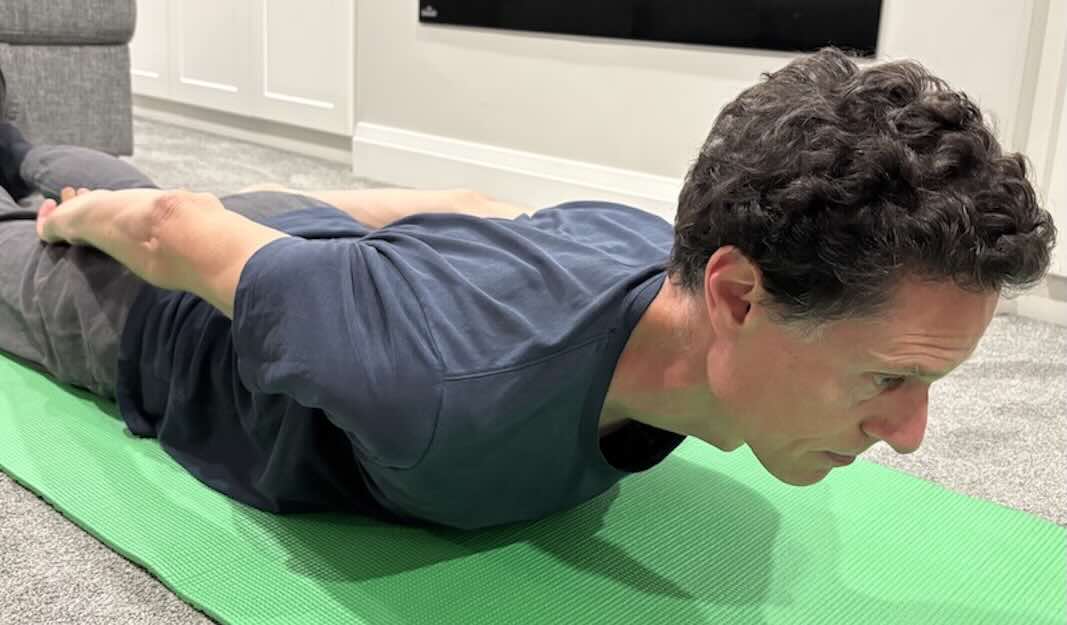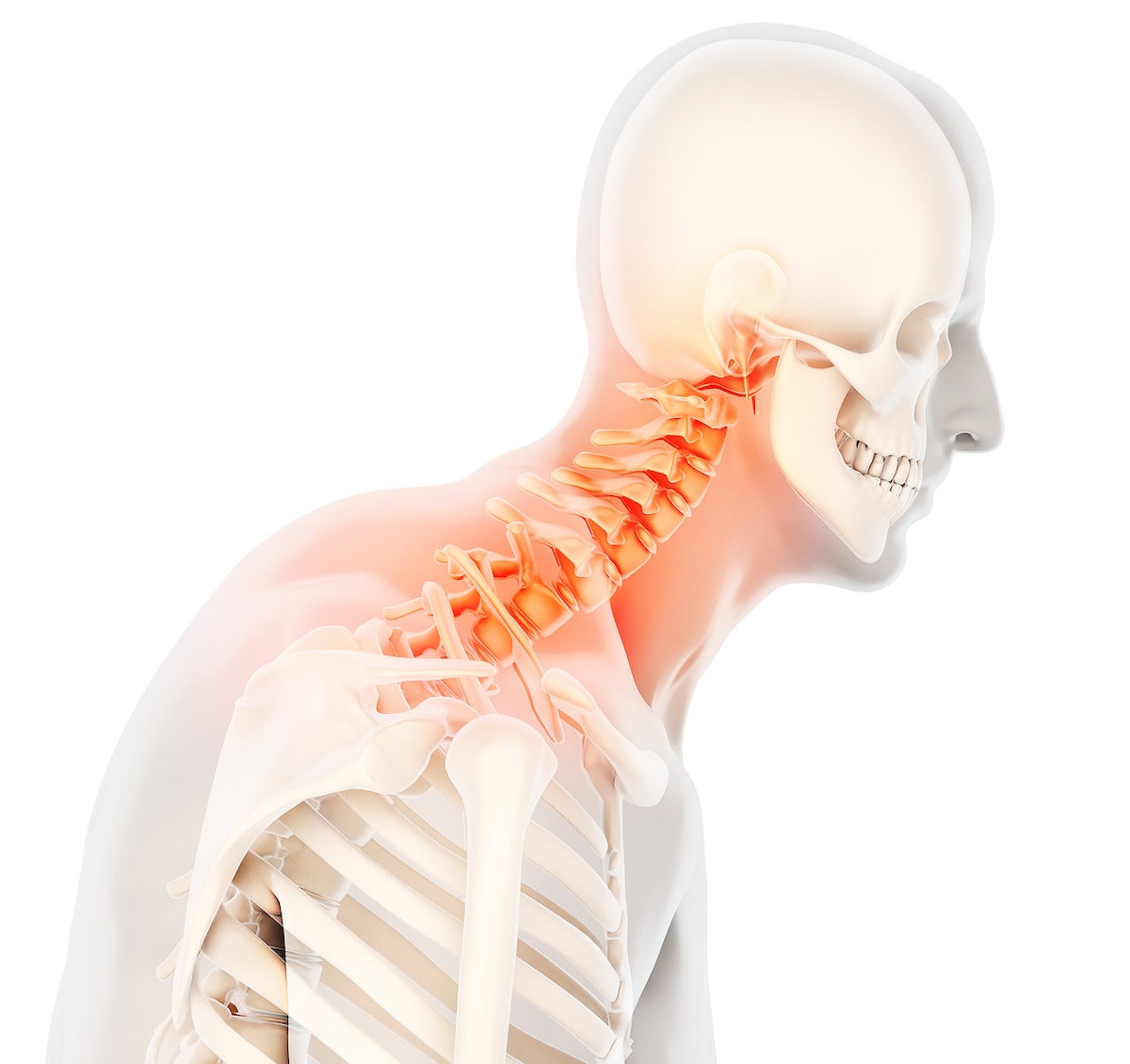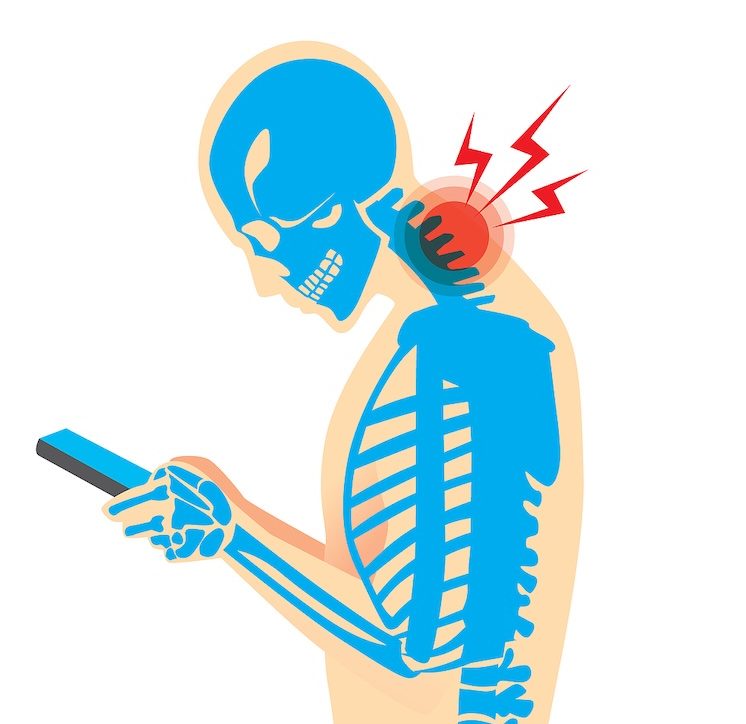Understanding the Missing Piece in Posture Correction
If you’ve been trying to improve your posture but still feel stiff or rounded through your mid-back, this exercise can help. The thoracic spine traction technique works on the deeper ligaments that shape your posture — helping your body unwind long-term tension and finally move the way it was meant to.
When most people think about improving posture, they focus on stretching or strengthening exercises. Those are important — but they often miss one critical piece: how the ligaments themselves change over time when posture is off.
Ligaments and tendons work together with muscles to support and stabilize your spine. The problem begins when you’ve had abnormal posture for months or years. Over time, your body starts adapting to that position, and not in a good way.
Here’s the thing — when you spend hours each day in a slouched position, your ligaments begin to reshape around it. They tighten, stiffen, and eventually “lock in” that poor alignment.
That’s why just stretching or strengthening the muscles isn’t always enough. To create lasting posture change, the ligaments themselves need to be retrained.
In short, lasting postural change depends on retraining your ligaments — not just your muscles.
Why Ligament Adaptation (Ligament Creep) Matters
The gradual tightening process that happens in the ligaments is called ligament creep — and it’s one of the biggest reasons posture problems persist.
In simple terms, ligament creep means your ligaments slowly adapt to a new, faulty position. They start “holding” your spine in that rounded or hunched shape. To restore proper alignment, they need sustained, gentle traction over time to lengthen and remodel back toward normal.
Here’s what’s key: ligaments don’t respond like muscles. A quick 15-second stretch won’t change them. To make a real difference, they need consistent, extended tension.
Short stretches (10–20 seconds) affect only the muscles and superficial tissues — good for flexibility, but not for long-term structural correction. To reach the ligaments and encourage true postural improvement, we need sustained, gradual stretching over several minutes.
Simply put, patience pays off — the longer, gentle holds help your spine and ligaments reshape safely over time.
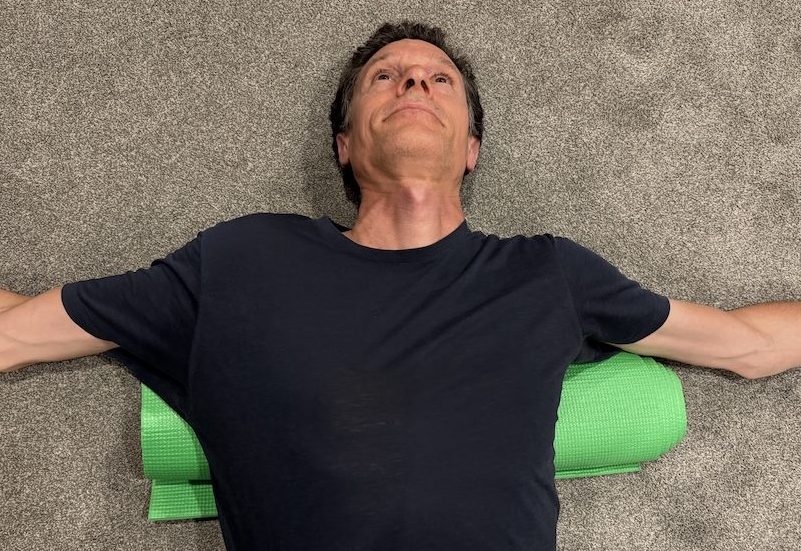
Step 1: Give It Time — The Key to Lasting Change
For proper ligament remodeling — true “ligament creep” — a minimum of five minutes of sustained traction is required.
Ideally, aim for 15–20 minutes to allow the ligaments to begin reshaping toward their original alignment.
Think of this as a “hold and relax” stretch. You’re not forcing movement — you’re giving the ligaments time to release and reform. Patience and consistency are what create permanent change.
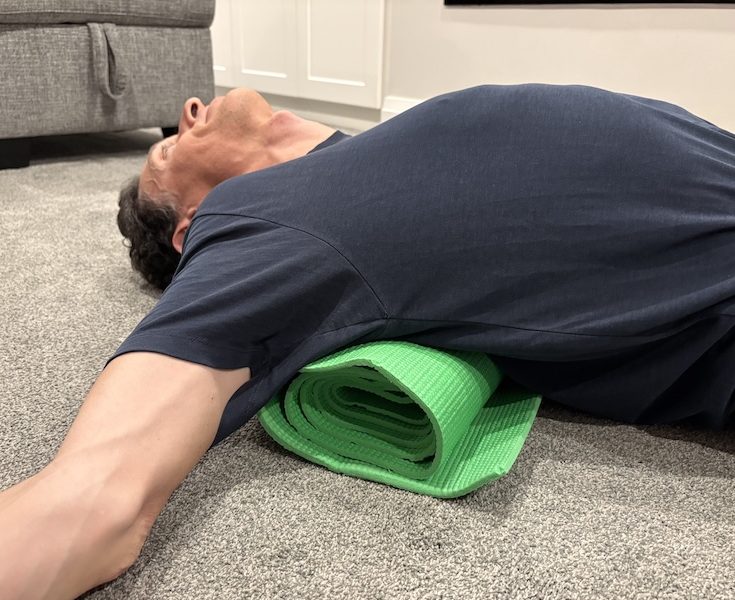
Step 2: Set Up for the Thoracic Traction Exercise
To target a rounded mid-back or increased thoracic kyphosis, you’ll need a foam roller, pool noodle, or a firmly rolled towel. A more professional option termed a Denneroll is also available (see photo of yellow wedge), with several different thoracic traction versions, based on the severity and chronicity of your issues. These are recommended only with a professional assessment.
Lie on your back on a carpet or rug for comfort — a bed is usually too soft.
Position the roller across your mid-back, roughly where your upper spine begins to curve most.
Let your head relax comfortably back, but avoid extreme hyperextension.
If your head tends to drift forward, gently pull your chin straight back toward the floor — this provides a mild suboccipital stretch and encourages better neck alignment.
If this feels too challenging initially, place a folded towel under your head for support.
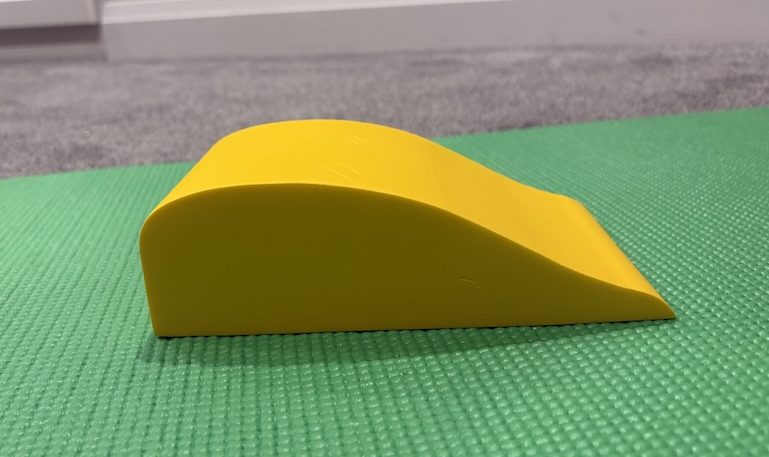
Step 3: Relax, Hold, and Let the Stretch Work
Once in position:
Allow your arms to drop comfortably to your sides.
Let your shoulders gently roll backward to open the chest.
When starting, it may feel better to keep your knees bent.
As your mid-back begins to release, gradually straighten your legs — this increases gentle traction through the thoracic spine and helps restore natural curvature.
Hold the position for as long as it feels comfortable.
Start with 1–2 minutes, repeating several times if needed.
Gradually build to five minutes, and eventually 15–20 minutes for maximum benefit.
Remember: small, consistent sessions beat one long session done rarely.
Advanced Option: Adding the Neck Component
If you also have forward head posture along with a rounded mid-back, there’s a simple way to progress.
Perform the exercise on a low table, firm bed, or near the edge of a stair.
Allow your head to gently hang slightly past neutral, so it drops just below the level of your shoulders.
This introduces a neck retraction and extension component, combining thoracic and cervical correction — an excellent complement to your overall posture routine
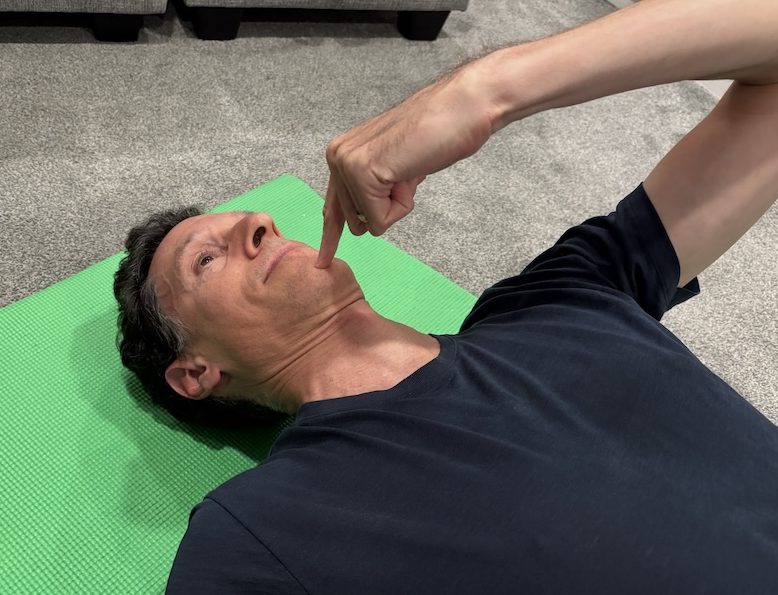
Tips for Success and Safety
Expect mild stiffness or achiness at first — that’s normal.
Avoid sharp or shooting pain. If that occurs, stop and adjust.
Progress gradually.
Patience matters more than intensity.
Over time, you’ll notice less stiffness, better mobility, and a lighter, more upright posture.
Why This Matters
Most people stretch their muscles but overlook their ligaments — yet ligaments are what determine the spine’s long-term alignment.
This thoracic spine traction exercise helps those deep stabilizing tissues reshape and hold your improved posture naturally. It complements your other thoracic kyphosis exercises and foam-roller thoracic extension stretches, reinforcing the progress you make day by day.
With consistent practice, you’re not just relieving tension — you’re restoring the structural balance that allows your posture to stay corrected.
FAQs – Thoracic Spine Traction Exercise
1️⃣ How long should I hold the thoracic traction stretch?
For meaningful change, hold the stretch for at least five minutes. Gradually increase to 15–20 minutes as your body adapts. This extended time allows the ligaments to remodel — short holds won’t reach the deeper postural tissues that maintain your rounded upper back.
2️⃣ Can I use a foam roller for thoracic kyphosis correction?
Absolutely. A foam roller is an excellent tool for this exercise. Position it across your mid-back and let your body relax over it. This creates sustained extension through the thoracic spine, helping reverse excessive kyphosis and restore proper posture.
3️⃣ How often should I do this thoracic spine traction exercise?
Most people do best with either daily sessions or every other day. Duration matters, but consistency is most important. Gentle, sustained stretching signals the ligaments to adapt safely without strain.
4️⃣ Is it normal to feel some discomfort while doing this exercise?
Mild tightness or achiness is normal, especially at first. Sharp or shooting pain is not — stop if you feel that. If discomfort persists, it’s best to have your posture assessed by a posture correction chiropractor.
5️⃣ What results can I expect over time?
With consistent practice, the vast majority of people notice less stiffness, improved posture, and a more open chest and shoulders within several weeks. Over time, the ligaments realign and your posture feels more natural and upright.
Final Thoughts on the Thoracic Spine Traction Exercise
If you feel persistent pain or ongoing stiffness while practicing, it’s a sign your body may need a little extra support.
At Transform Chiropractic in Toronto, we specialize in posture correction and spinal alignment. Our chiropractors can assess your movement patterns, identify the areas that aren’t adapting properly, and personalize your care to help you progress safely.
If you’ve been trying this routine but still feel limited, don’t get discouraged — it just means there’s more to uncover. With the right combination of chiropractic adjustments, mobility work, and guided traction, lasting results are absolutely possible.
If you’re unsure or progress feels slow, we can help assess your posture and tailor this exercise for your exact spine alignment.
If you’re feeling stuck, we’re here to help.
Dr. Byron Mackay
